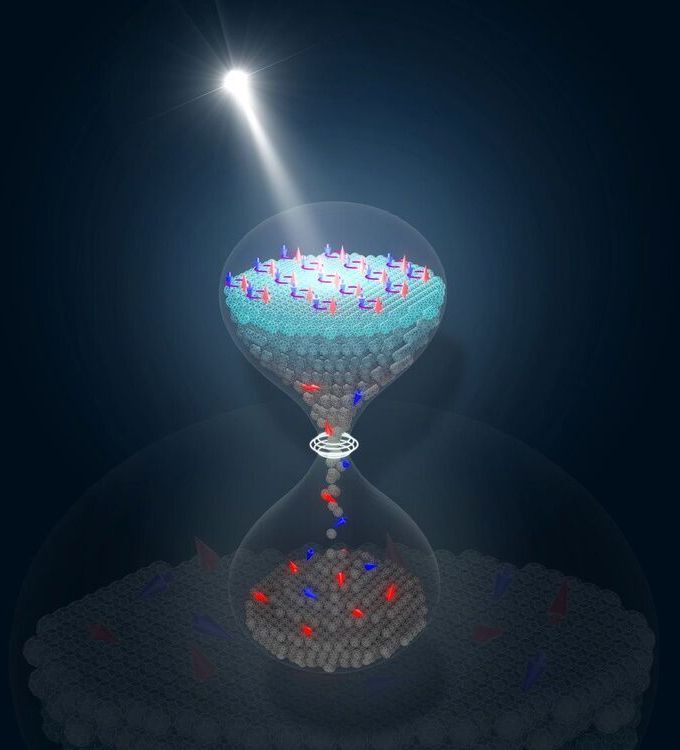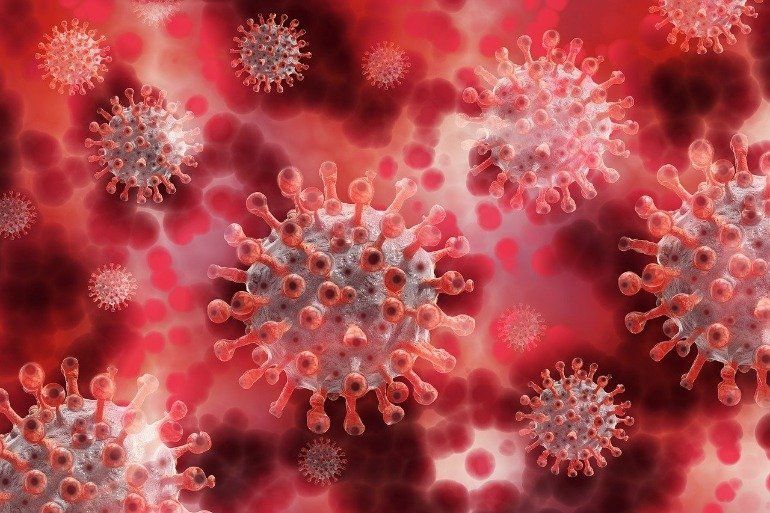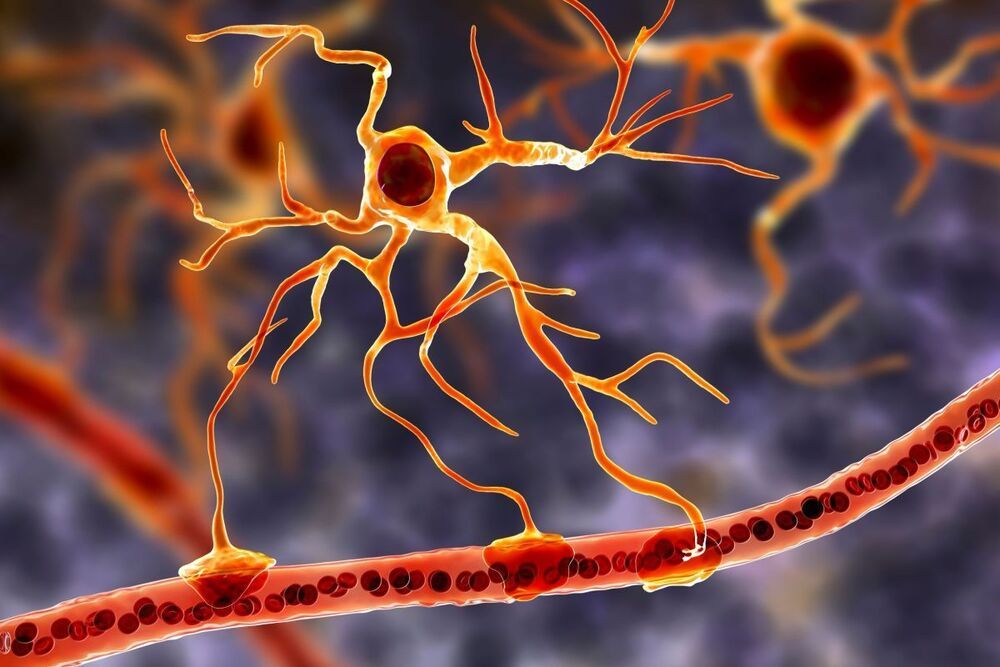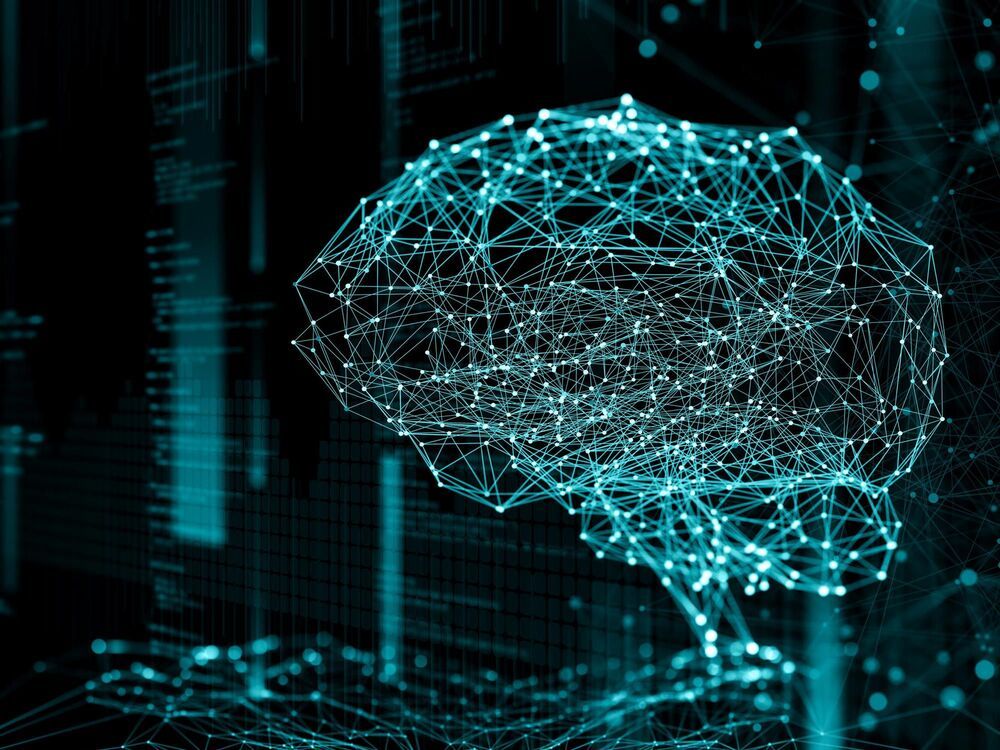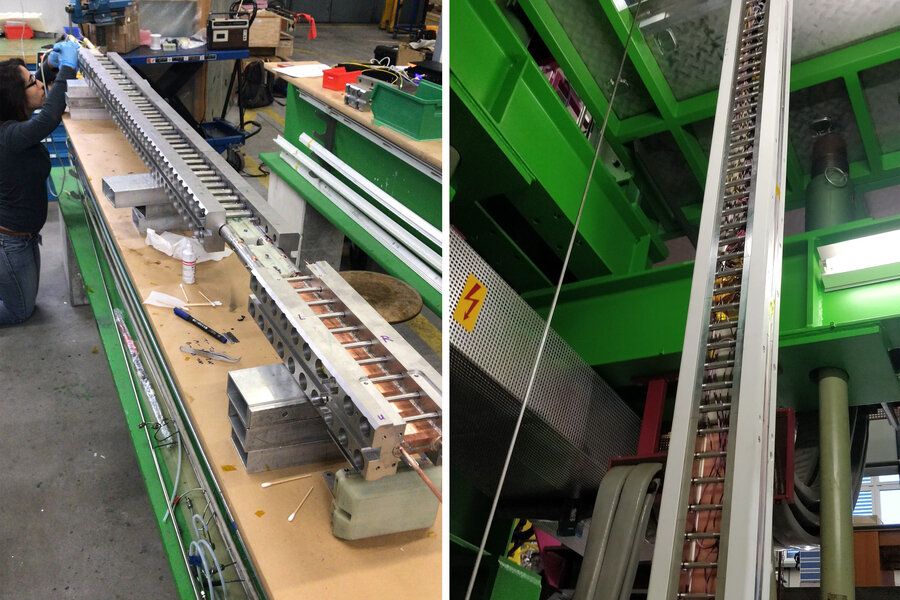Feb 6, 2021
Smart Cameras That Stop Wind Turbines When Birds Approach Massively Reduce Eagle Deaths
Posted by Quinn Sena in categories: solar power, sustainability
Renewable energy is now the cheapest energy on the planet. Countries all over the globe are rapidly converting from destructive and limited fossil fuels to wind turbines, solar power and even more creative options, including the UK which is now powered more by renewables than other sources.
Despite being one of the best sources of renewable energy, wind turbines have received significant pushback from opposition that claims they kill native bird populations. It is a valid criticism – research has shown collisions with turbine blades do kill birds, albeit at a fraction of the rate fossil-fueled power plants do.
In an attempt to minimize the ecological impact of wind turbines, a new smart camera system developed by IdentiFlight detects the presence of birds, identifies if they are endangered, and shuts down the spinning blades before impact. According to a study published in the Journal of Applied Ecology, deploying a curtailment system near a wind turbine site led to a decrease in Eagle fatalities of 82 percent, suggesting the camera systems could have a drastic effect on saving protected bird species.

